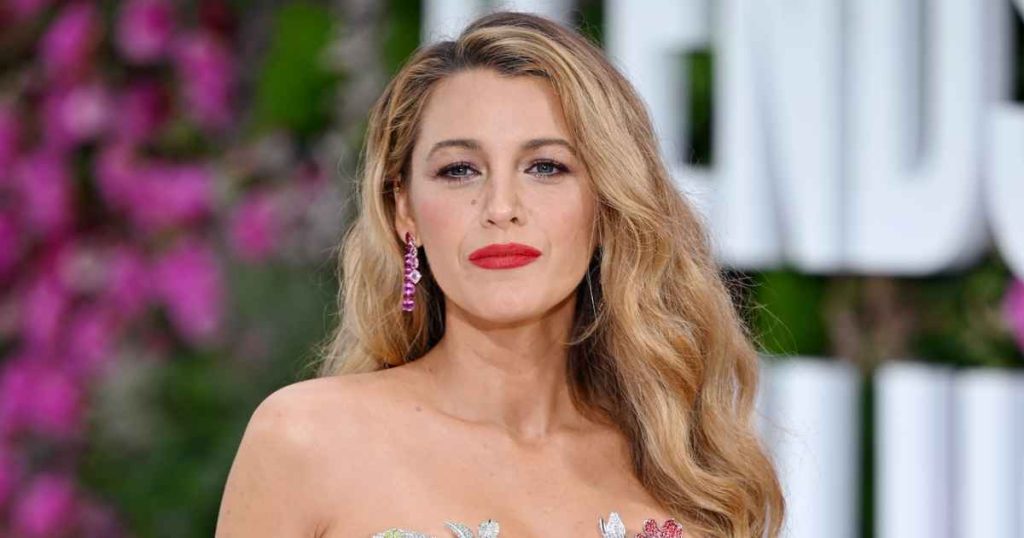The entertainment industry has been rocked by accusations of sexual harassment leveled by actress Blake Lively against actor and director Justin Baldoni, her co-star in the film “It Ends With Us.” The ensuing legal battle has escalated into a complex web of lawsuits and counter-suits, with Lively’s team denouncing what they perceive as retaliatory tactics and Baldoni’s attorney vowing to reveal the full extent of communication between the two parties. The controversy has also ensnared The New York Times, which initially broke the story and is now facing a lawsuit from Baldoni and others for its coverage.
Lively’s lawsuit, filed in a New York federal court, mirrors an earlier complaint submitted to the California Civil Rights Department. It accuses Baldoni, his publicists Melissa Nathan and Jennifer Abel, and his production company, Wayfarer Studios, of sexual harassment and retaliation. Lively’s attorneys maintain that her claims are substantiated by concrete evidence and denounce attempts to portray the situation as a mere “feud” or “he said/she said” scenario. They argue that Wayfarer and its associates engaged in a coordinated campaign to discredit Lively after she raised concerns about her treatment on set.
Central to Lively’s legal team’s argument is the assertion that Wayfarer’s response to the lawsuit has been to launch further attacks against Lively, employing classic tactics designed to deflect blame and discredit the accuser. These tactics, they contend, include victim-blaming, suggesting Lively invited the alleged misconduct, and attempting to portray Baldoni as the true victim. They firmly reject these narratives, emphasizing that sexual harassment and retaliation are illegal regardless of the context and that media statements, however emphatic, do not constitute a legal defense.
Baldoni, through his attorney Bryan Freedman, has vehemently denied the allegations and announced his intention to countersue Lively. Freedman has stated that he plans to release all text messages exchanged between Lively and Baldoni, asserting that the public should base their judgment on the documented evidence. He has accused The New York Times of conducting a “vicious smear campaign” against his client and has joined a lawsuit against the publication seeking $250 million in damages.
The New York Times, for its part, stands by its reporting. A spokesperson for the newspaper affirmed their commitment to pursuing factual accuracy and stated that their story was based on meticulous research and review of thousands of pages of original documents, including the text messages and emails cited in the article. They emphasize that these very communications formed the basis of Lively’s initial discrimination claim filed in California. The Times intends to vigorously defend itself against the lawsuit brought by Baldoni and others.
This complex legal battle highlights the challenges inherent in addressing allegations of sexual harassment in the entertainment industry. The conflicting narratives, accusations of retaliation, and involvement of a major media outlet underscore the high stakes and potential consequences for all parties involved. With both sides committed to pursuing legal action, the case is likely to continue unfolding in the public eye, further fueling discussion about workplace misconduct and the power dynamics at play within Hollywood. The outcome will significantly impact the careers and reputations of those involved and could potentially influence how future allegations of this nature are handled within the industry.

